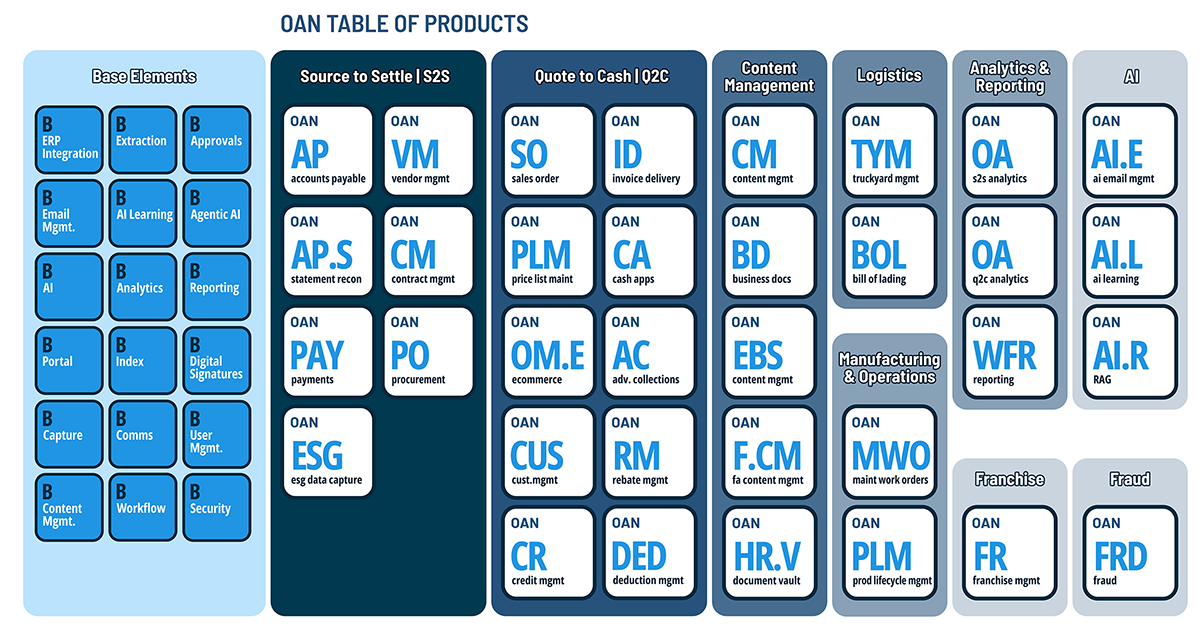Enterprise finance teams process millions in vendor payments, expense reports, purchase orders, and invoices—but how often does that data become actionable insight?
Traditionally, spend analysis has been reactive, triggered by audits or cost-cutting mandates. However, in a business environment where volatility, supplier risk, and operational agility are at the forefront of boardroom discussions, proactive spend intelligence has emerged as a pivotal tool for strategic control.
Today’s CFOs are not just using intelligent spend analysis to curb leakage, but also to shape planning, enforce policy, and enhance procurement’s alignment with finance. This new approach, powered by AI, automation, and unified data models, is transforming spend management from a back-office compliance task to a forward-looking strategy.
What Is Intelligent Spend Analysis?
Intelligent spend analysis refers to the use of automated tools, enriched data, and predictive analytics to gain real-time, enterprise-wide visibility into where money is going—and why.
Key elements include:
- Data consolidation across AP, procurement, T&E, and contract management systems
- Classification and enrichment of unstructured and siloed data
- AI-powered pattern recognition to detect anomalies, duplicate payments, or maverick spend
- Dashboards and forecasting models for proactive budget control and scenario planning
This is a significant leap from traditional spend reporting, which often relied on fragmented spreadsheets, manual reconciliation, and lagging indicators.
Why It Matters for CFOs
Intelligent spend analysis equips finance leaders to:
- Uncover Hidden Spend Risks
- Rogue purchases, off-contract buying, and duplicate vendor setups can erode margins silently. AI tools identify these patterns in real time, allowing timely intervention.
- Enhance Budget Accuracy
- Granular transaction data, when structured and visualized, supports more accurate cash flow modeling and budget forecasts—especially across variable or discretionary categories.
- Support ESG and DEI Goals
- Visibility into supplier attributes (e.g., carbon impact, diversity certifications) enables finance to align spend with enterprise sustainability and inclusion metrics.
- Improve Supplier Performance
- Integrated spend-performance analysis helps teams evaluate vendor reliability, cost-effectiveness, and compliance—informing smarter sourcing decisions.
- Enable Procurement-Finance Alignment
Unified views of negotiated vs. actual spend, contract compliance, and rebate tracking foster tighter control across procurement and finance operations.
Automation as the Enabler
Automation underpins the entire intelligent spend lifecycle:
- Data ingestion bots pull information from ERPs, procurement platforms, card feeds, and spreadsheets
- Machine learning models clean, classify, and categorize spending data using natural language and contextual cues
- AI-based alerts flag policy violations, potential fraud, or unusual spikes in spend
- Interactive dashboards give stakeholders immediate, role-specific visibility into key metrics
The result? Finance teams spend less time building reports and more time acting on insight.
Barriers to Adoption—and How to Overcome Them
While the benefits are clear, many organizations face obstacles in adopting intelligent spend analysis, including:
- Data fragmentation across legacy systems
- Inconsistent taxonomies for vendor and category classification
- Change management fatigue across finance and procurement teams
- Lack of a centralized strategy to align goals across departments
Solutions include:
- Prioritizing spend visibility initiatives in digital finance roadmaps
- Investing in data normalization tools or third-party enrichment providers
- Creating joint KPIs between procurement, AP, and FP&A
- Starting with pilot use cases (e.g., tail spend, duplicate vendor detection) to demonstrate quick wins
The Role of Finance in Enterprise Spend Intelligence
As transactional finance becomes increasingly automated, CFOs are being asked to step beyond compliance and lead insight generation across the enterprise. Spend analysis is an ideal proving ground.
By treating spend data as a strategic asset—not just a record of past decisions—finance leaders can improve resilience, optimize working capital, and steer investment toward the highest-value areas.
Whether it’s spotting supplier risk early, surfacing opportunities for consolidation, or improving forecast precision, intelligent spend analysis makes it possible.
Strategic Spend, Strategic Finance
Finance transformation is no longer just about speed or efficiency—it’s about strategic control. Intelligent spend analysis helps CFOs achieve their goals by unlocking the value of data already flowing through the organization.
With the right tools and frameworks in place, oAppsNET clients can empower their finance and procurement teams to work smarter, faster, and with greater foresight. Reach out to us today to get started.

